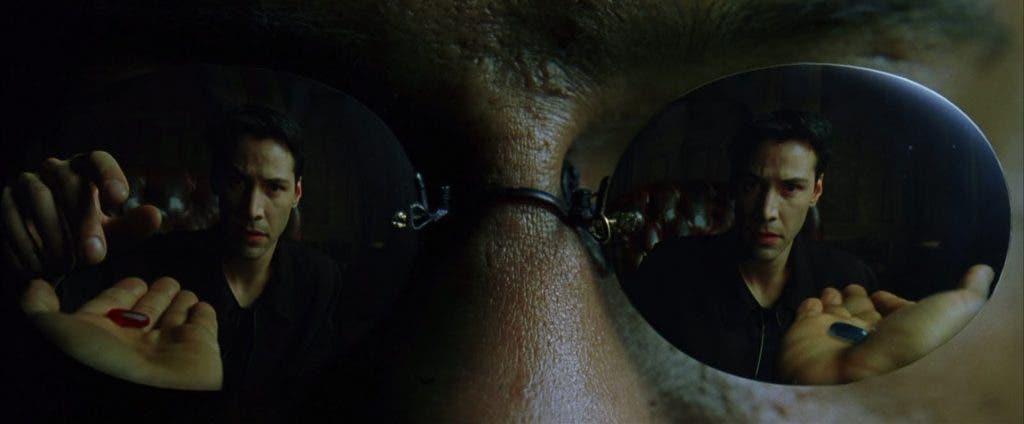The chance of us living inside a computer simulation is virtually nil, according to scientists at the University of Oxford and the Hebrew University. Their findings suggest that it’s mathematically impossible for the known universe to be computer generated by some advanced civilization living in a base reality.

When the now classic sci-fi The Matrix premiered, its premise of a fabricated reality inside a world-sized computer mainframe blew everyone’s minds. Upon leaving movie theaters, many would ask themselves for a moment: is this world even real? Philosophers have actually been tackling this subject for ages. Indeed, The Matrix itself is heavily influenced by philosophical themes, such as those of 17th Century French philosopher and mathematician René Descartes. In many of his theses, Descartes questions the nature, limits, and validity of human knowledge.
Most recently, level-headed individuals like Neil DeGrasse Tyson or Elon Musk have revitalized this notion that we’re all Sims somehow. Musk, for instance, argues that given the exponential growth with which computing technology advances, it’s reasonable to assume that one day, virtual reality will become indistinguishable from reality. If that’s the case, we might already be trapped in the simulation of some other advanced civilization who is living in a genuine, base reality.
“So given that we’re clearly on a trajectory to have games that are indistinguishable from reality, and those games could be played on any set-top box or on a PC or whatever, and there would probably be billions of such computers or set-top boxes, it would seem to follow that the odds that we’re in base reality is one in billions,” Musk explains in the video above.
“Tell me what’s wrong with that argument. Is there a flaw in that argument?”
Ok, in that case, let’s cue theoretical physicists Zohar Ringel and Dmitry Kovrizhin. The duo checked what kind of computing power would be required to exhibit quantum effects. It didn’t take them long to realize that in order to simulate certain quantum phenomena occurring in metals, such a machine is simply unworkable. The math simply doesn’t add up.
For instance, to store information for only a few hundred electrons, a computer’s memory would require more atoms than those available in the known universe. Simulating not just a whole rocky planet and its trillions of conscious beings, but the whole freaking universe too, the physicists argue, is just impossible given what we know today. At least, it’s impossible in a scenario like the one Musk alludes to. At the end of the day, the machines that construct a virtual reality need to be physically rooted somewhere. The flaw in Musk’s argument is that you eventually hit a brick wall.
Now, the authors’ proof outlined in Science Advances employs extremely complex physics and mathematics, such as the quantum Monte Carlo — a body of computational methods that use random sampling to analyze many-body quantum problems where the equations involved cannot be solved directly. I won’t pretend I understand any of the quantum physics involved in this paper but the two scientists seem to have a point.
Is this the last word, though? Probably not. To be fair, this paper proves that the universe can’t be simulated using any algorithms or computers imaginable by these physicists. It would be hubris to believe that all that’s out there has already been discovered or even imagined.





